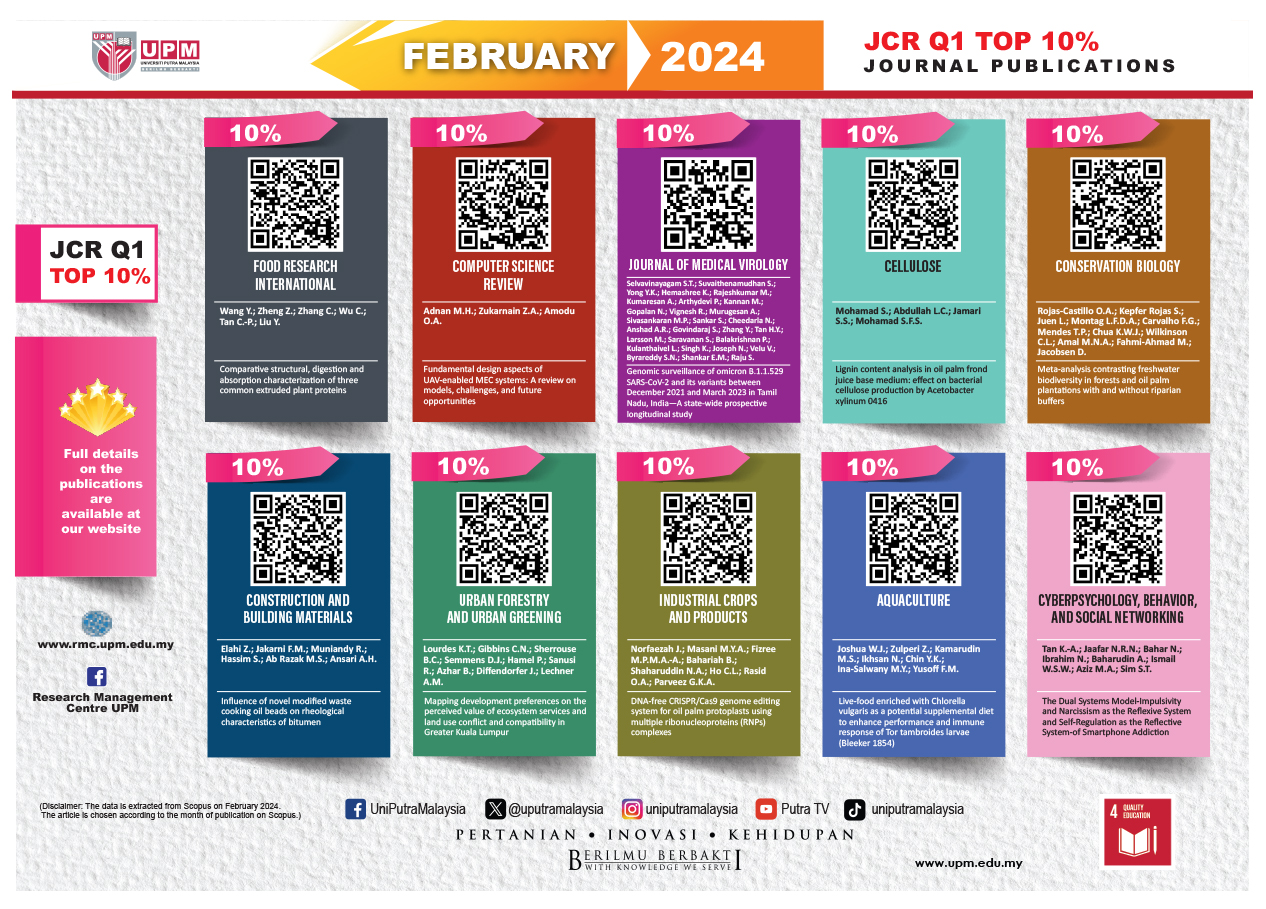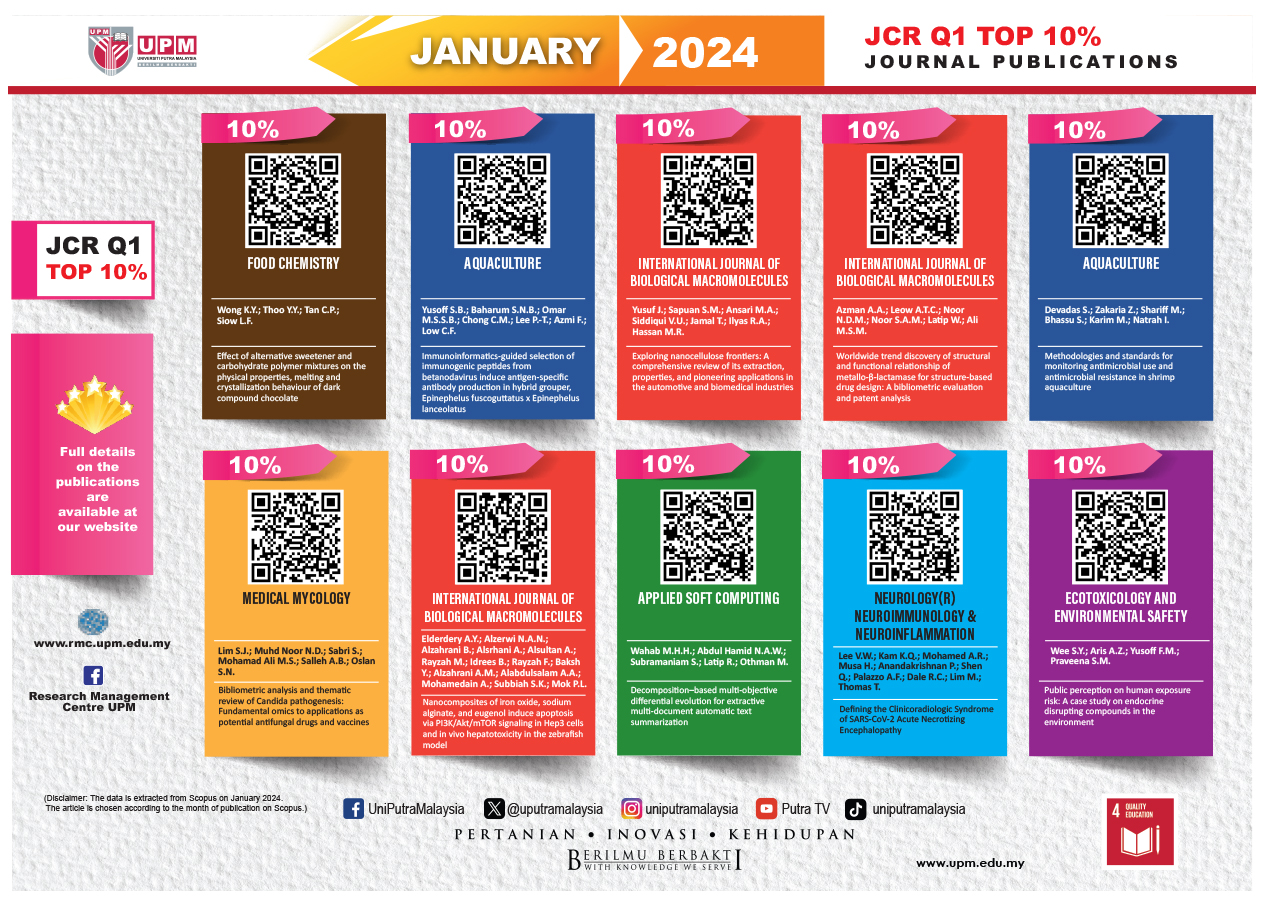As reported by JKR (JabatanKerja Raya), there are many damages in bearing joints of bridges in Malaysia which is due to excessive vibration during heavy traffic at the pick time.
In order to address this issue, many investigates are conducted by this researcher in Universiti Putra Malaysia since 2013 to use of natural rubber to develop innovative Rubber Damper Device applicable in bridges and buildings in order to increase overall damping by dissipating part of energy of the dynamic load or vibration due to for example, earthquakes, wind or any source of vibrations.
The developed Rubber Damper Device consists of a tube cylinder with inner core which is moving inside the cylinder. The high damping visco-elastic material such as high damping rubber is mounted between the inner core and outer tube and bounded to both surfaces as energy dissipator members to absorb vibration loads.
During bridge or structural movement, the vibration is transferred to the inner core which is moving inside the outer cylinder. Therefore, the high damping rubber which located between the inner core and outer tube, dissipate the vibration effect by shear stiffness and damping action of rubber materials.
The experimental testing results for fabricated rubber damper device in lab scale which conducted using dynamic actuator at UPM, indicating 30% higher performance in comparison to viscous dampers and less manufacturing cost and also it is maintenance free (almost 30 years).
Monitoring the bridges conditions indicated that the bearings and isolators which are using in the bridges to isolate the bridge spans are highly damaged since the bearing under the bridge span are exposed to the huge gravity load and simultaneously it should be enough flexible to move laterally and dissipate the vibration induced in the bridges during its operation. Therefore, the excessive lateral movement due to heavy traffic is leading to damage the bearing under the bridge spans which required to replace the bearings but it a complicated process and needs professional equipment for lifting up the bridges and replace the bearings with a lot of efforts, time and costs.
Therefore, it is needed to implement the complementary system to dissipate the excessive vibration and limit the lateral movement.
Recently many different types of anti-vibration devices such as viscous dampers are developed (in USA, Japan, Italy and China) to implement in the bridge joints as complementary vibration dissipation device beside base isolator systems to dissipate a part of vibration and prevent the excessive lateral movement of rubber or other type of isolators. However, as California Department of Transportation reported, there are many challenges to use of viscous dampers such as leaking in the sealing when it is subjected to high loading during daily heavy traffic due to limited capacity of viscous dampers which lead to repair or replace of dampers in each 2 years that cost a lot of expenses.
Also the cost of fabrication heavy duty viscous dampers is too high and needed special equipment which by considering the effective life duration of damper device, it is not cost effective solution.
Therefore, it is required to propose the new solution to enhance the performance of damper device to dissipate effect of vibration in the bridges and buildings and also extend the effective operational life of device to save the cost of manufacturing and maintenance.
The rubber device products are ready for commercialization. The developed damper device already presented to JKR and they showed their interest to implement this device in the bridges and Following of MOA agreement which made between UPM and Hercules Engineering (SEA) Sdn Bhd, the Hercules company is showed interest and agreed to offer the facilities and experts to manufacture the prototype in full scale which will make this proposal feasible to cover the costs.
Researcher
Assoc. Prof. Dr. Farzad Hejazi
Dept. of Civil Engineering, Faculty of Engineering
Email: farzad@upm.edu.my
Date of Input: 15/10/2019 | Updated: 15/10/2019 | noorazwana
MEDIA SHARING











.jpg)













